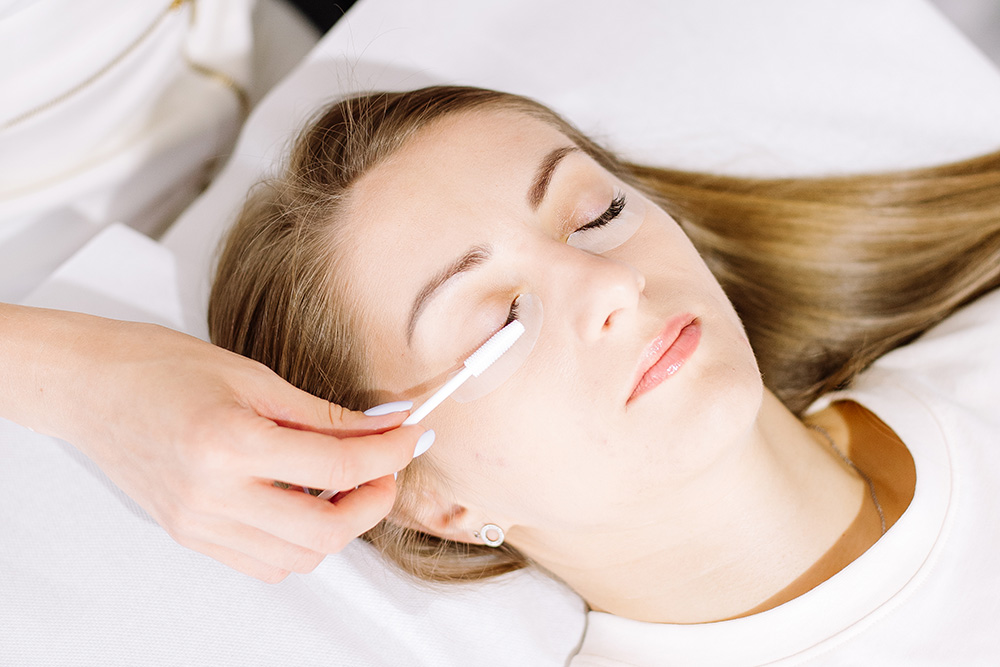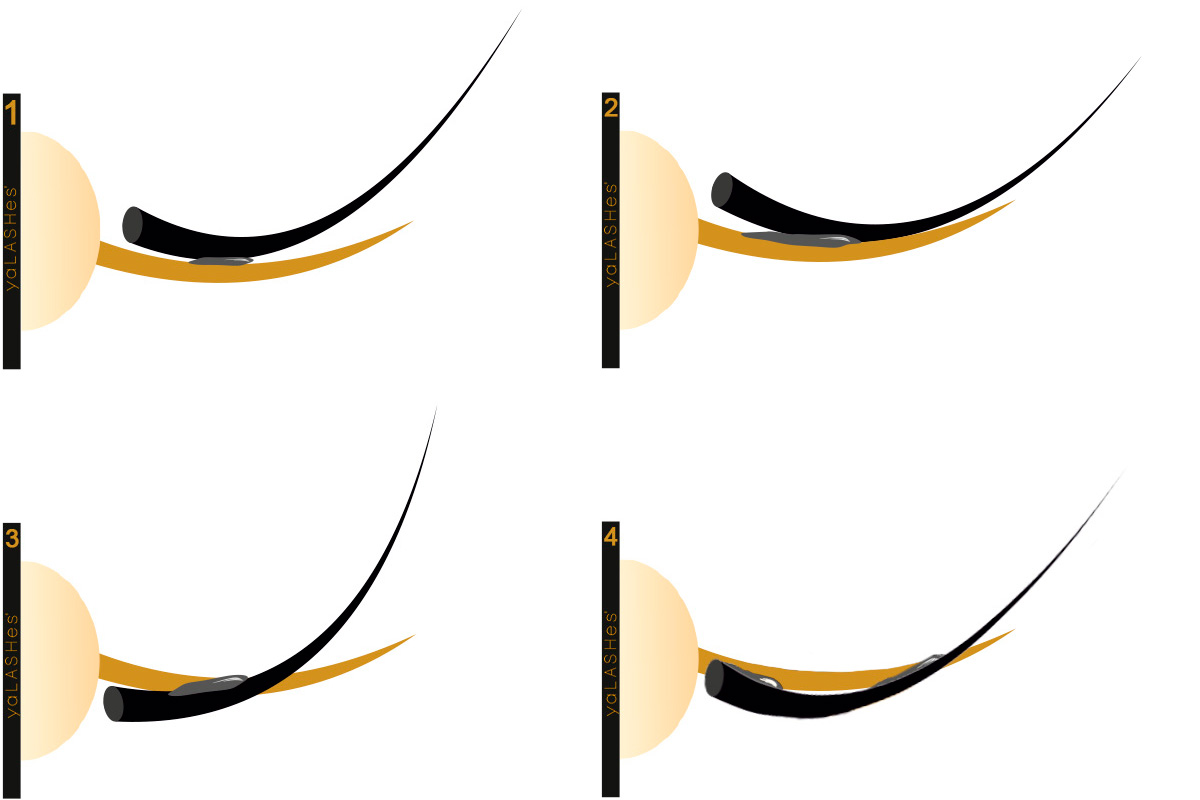A Common Cause of Poor Retention in Eyelash Extensions: Liftings
Not satisfied with the retention of your lash extensions? The problem isn’t always the glue!

Eyelash extensions aren’t just about gluing synthetic lashes onto natural ones. It’s a complex process where every step plays a crucial role. But what if we told you that even a small mistake could cost you not only your clients but also your reputation?
We’re talking about liftings – one of the most common issues in our industry. They cause lashes to shed more quickly and can even lead to discomfort or irritation for clients. Even experienced stylists struggle with this problem. That’s why it’s crucial to understand the causes of liftings and learn how to prevent them before they impact your bookings and income.
If you want your lash extensions to last longer and your clients to keep coming back, now is the perfect time to analyze the causes of liftings and learn how to avoid them!
What Are Liftings?
A lifting occurs when the synthetic lash or fan doesn’t have enough contact area with the natural lash at the base. In every application, at least one lifting happens – regardless of the stylist’s experience level. That’s why it’s essential to spot them early and correct them.
Types of Liftings

There are several types of liftings, each with its own characteristics:
- Unbonded Base
The synthetic lash is placed correctly but lacks contact with the natural lash at the base.
- Upper Lifting
In this case, the base of the synthetic lash doesn’t touch the natural lash. Instead, the lash curves upward, resting on the “belly” of the synthetic lash.
- Lower Lifting
The base of the synthetic lash isn’t bonded to the natural lash. As a result, the synthetic lash sits lower while the tip points upward, creating a “cross” effect.
- Side Lifting
The synthetic lash is only attached at the sides but doesn’t connect in the middle with the natural lash. This leaves the lash hanging, similar to a small loop.
Consequences of Liftings
Liftings significantly impact the quality of lash extensions:
• Reduced Retention: Lashes with liftings shed faster.
• Compromised Final Look: Liftings can get caught in lash brushes, causing pulling and even lash loss.
• Discomfort for the Client: Liftings can poke, itch, or irritate the skin.
Every lifting has at least two underlying causes.
Causes of Liftings:
- Incorrect hand positioning when picking up the lash from the strip, during application, or while attaching it to the natural lash.
- Uneven pressure distribution when placing the lash.
- Errors in isolating natural lashes.
- Poor eyesight.
- Incorrect sitting position, making the lash line difficult to see.
- Inadequate lighting.
- Mistakes when dipping the lash into the adhesive.
- Positioning of the lower lash line (lashes resting on the eye pad).
How to Work Without Liftings?
In this article, we’ve explained what liftings are and why they occur. But understanding them isn’t enough – it’s crucial to recognize not only the presence of liftings but also the specific reasons why they happen in your applications and how to address them effectively.
Our online course, Lash Theory Pro 1:1, teaches you how to precisely isolate natural lashes and apply synthetic lashes to avoid liftings.
Join our course, and we’ll guide you step by step on how to analyze errors, improve the quality of your lash extensions, and achieve flawless results.
The course is suitable for both beginners and experienced stylists who want to refresh their knowledge and enhance their techniques.
Learn to Work Without Liftings – for Perfect Lash Extensions with Long-Lasting Retention that Your Clients Will Love!

